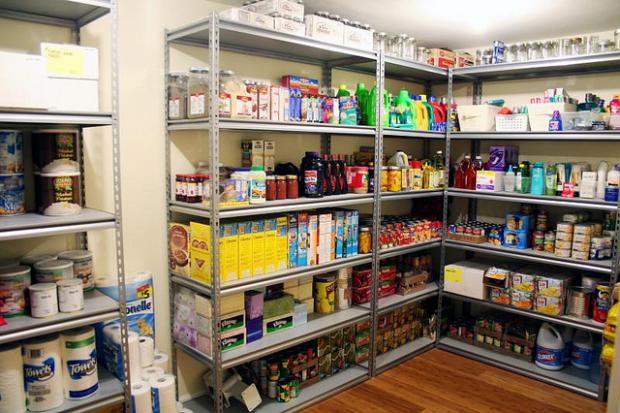
Breaking News
 UPDATE: Israel Launches Gaza Strikes, Peace Plan in Question
UPDATE: Israel Launches Gaza Strikes, Peace Plan in Question
 Gavin Newsom melts down as Pentagon plans to fire artillery shells over California highway during...
Gavin Newsom melts down as Pentagon plans to fire artillery shells over California highway during...
 The watershed moment Trump changed course on Israel after Netanyahu shattered their...
The watershed moment Trump changed course on Israel after Netanyahu shattered their...
 Brazen thieves drop priceless Eugénie crown outside the Louvre in Paris during jaw-dropping...
Brazen thieves drop priceless Eugénie crown outside the Louvre in Paris during jaw-dropping...
Top Tech News
 3D Printed Aluminum Alloy Sets Strength Record on Path to Lighter Aircraft Systems
3D Printed Aluminum Alloy Sets Strength Record on Path to Lighter Aircraft Systems
 Big Brother just got an upgrade.
Big Brother just got an upgrade.
SEMI-NEWS/SEMI-SATIRE: October 12, 2025 Edition
 Stem Cell Breakthrough for People with Parkinson's
Stem Cell Breakthrough for People with Parkinson's
 Linux Will Work For You. Time to Dump Windows 10. And Don't Bother with Windows 11
Linux Will Work For You. Time to Dump Windows 10. And Don't Bother with Windows 11
 XAI Using $18 Billion to Get 300,000 More Nvidia B200 Chips
XAI Using $18 Billion to Get 300,000 More Nvidia B200 Chips
 Immortal Monkeys? Not Quite, But Scientists Just Reversed Aging With 'Super' Stem Cells
Immortal Monkeys? Not Quite, But Scientists Just Reversed Aging With 'Super' Stem Cells
 ICE To Buy Tool That Tracks Locations Of Hundreds Of Millions Of Phones Every Day
ICE To Buy Tool That Tracks Locations Of Hundreds Of Millions Of Phones Every Day
 Yixiang 16kWh Battery For $1,920!? New Design!
Yixiang 16kWh Battery For $1,920!? New Design!
 Find a COMPATIBLE Linux Computer for $200+: Roadmap to Linux. Part 1
Find a COMPATIBLE Linux Computer for $200+: Roadmap to Linux. Part 1
Grasshopper Nation: Planning For Those Who Aren't Prepared

This article has been generously contributed by Adam Taggart and was originally published at Peak Prosperity.

Take a moment to reflect on all the people you care about who aren't reading this article. Or sites like this, which wrestle with the implications of limits to growth and the concerning unsustainability of the economic and natural systems our society depends upon.
How many of your family members, good friends, and neighbors simply choose to ignore the messages from those of us alarmists on the "doomer" side, and live life trusting that tomorrow will always look and feel pretty much like today? Most of them? All of them?
Look, it's understandable. Humans aren't wired well to respond to future risk that isn't visible as an immediate threat. And temperamentally, we prefer good news over bad, so we seek to overweight the former and discount the latter. Who wants to stress out about what "might" happen tomorrow, anyways — can't we just enjoy life today?
The rift between the preparedness-minded and those not is age-old, as fables like Aesop's The Ant & The Grasshopper date at least as far back as the 5th century BCE.
We spend our focus on this website engaging the "ants", the empirically-minded folks who look at the data and concur that there is sufficient possibility of one or several crises (economic, energy-related, environmental — or a combination of such) occurring in the next several years. And that taking advance action is prudent.
But the ants are the minority.
Forget about planning for the more esoteric risks posed by faulty monetary policy or energy economics — 72% of Americans don't even have a basic emergency response kit in place should an ordinary kind of disaster strike (power outage, hurricane, tornado, earthquake, etc).
The simple reality is that, if you're investing your energies towards building resilience against potential hardship, most of those around you likely aren't.
In the midst of your efforts, are you planning for their lack of preparedness?
Grasshopper Nation
The data shows us that the vast majority of Americans are not ready to deal with even minor setbacks.
In January of this year, Bankrate.com released survey findings that revealed that only 37% of Americanswould be able to cover an unexpected expense (e.g., auto repair, medical bill) of $1,000 with savings. The remaining 67% would have to borrow from friends and family, cut spending elsewhere, or use credit cards to come up with the funds.



